The Haunting of Hill House by Shirley Jackson
Why It's a Masterpiece (Week 7)
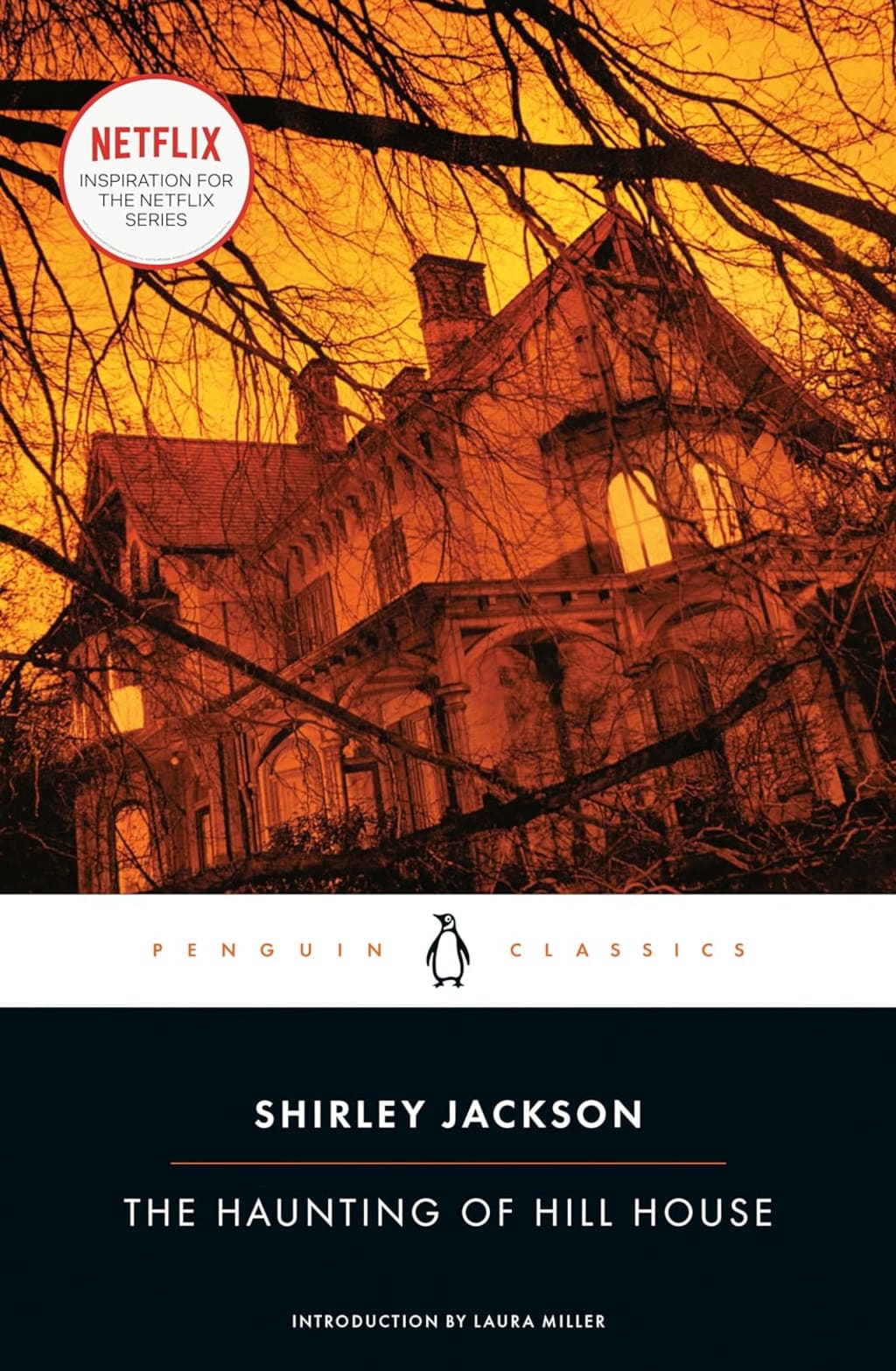
Shirley Jackson was one of the foremost writers of 20th century horror with praises ranging from the everyday reviewer like myself all the way to legendary horror author Stephen King. ‘The Haunting of Hill House’ is one of the seminal works of 20th century psychological horror with a frame narrative that encompasses all the horror embodied by the main character - Eleanor. Apart from that, we have the researcher, the bohemian artist and the unlikeable heir to the house. As we move through the story, we learn secrets about everything from something the happened involving a hanging and the library holding a book written in blood. As we are reminded that ‘whatever walks in Hill House walks alone’ we are also invited into a book, published in 1959, that went on to become a foundational piece of horror writing and inspired an entire generation.
The Plot
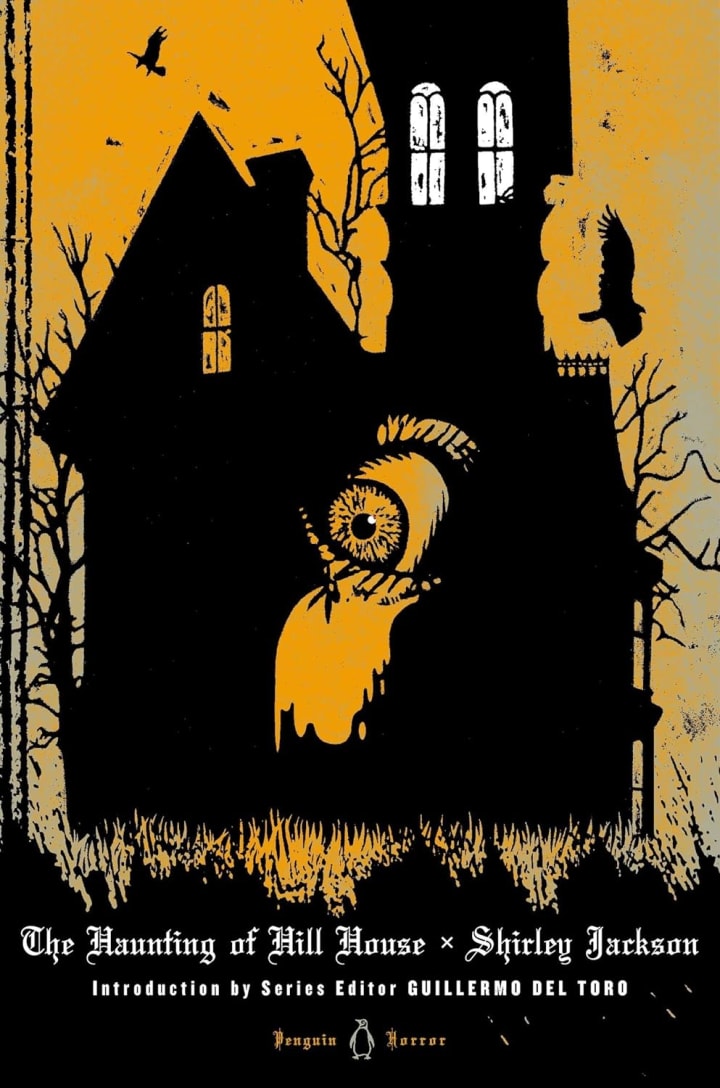
Eleanor Vance is in a troubling lifestyle of never being appreciated or loved. Her sister and the sister’s partner are both horrid human beings and her mother is resentful. Eleanor was the one looking after the mother with the sister and sister’s partner never chipping in at any point, leaving Eleanor to do all the dirty work. When she travels to the ‘house’ in question she notices how revolting it looks and yet, after meeting the other members of this weird investigation - she is still not convinced. It is only when she begins meeting the house that she starts to get closer to her true calling.
The researcher named Dr Montague warns Eleanor against becoming trapped in the house’s ardent psychological trickery and yet, Eleanor trips into the trap headfirst. As things are not what they seem to be, paranormal happenings take form and Eleanor begins to go mad. When it becomes obvious that the house has truly enslaved her, there is only one thing left to do. The damning climax only brings more horrors for the reader.
Into the Book
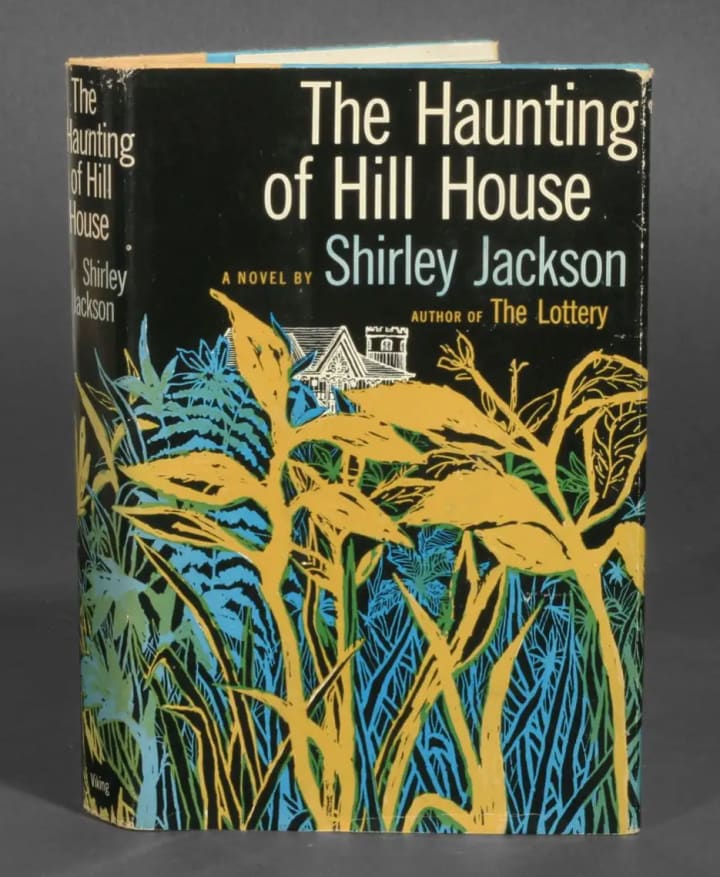
The book has many interesting themes and symbols with one of the most prominent in the text being the theme of family. The reader is told all about Eleanor’s family before she even sets off to the terrifying house. We learn about how her mother, disabled, treats Eleanor like a freak. We learn about her mean sister and her mean partner too. We learn that Eleanor was always treated like an outsider and apart from this, we also see that in her current situation she has not had any experiences that would add to her character because of her household duties towards her mother. Eleanor’s sister tries to stop Eleanor from going on this journey by not letting her take the car - obviously in this situation Eleanor takes it anyway. But that is not the only time we see family-based defiance.
Another situation in which this is seen is through the family of Hugh Crain. Hugh Crain’s defiance is to build the house and so, when someone dies on the way he must take immediate action. His wives are dropping like flies and though he keeps remarrying, he cannot see that the problem is with the attachment issues to the house. His two daughters are a big part of his life and wanting to not only provide, but to prove something to them, he continues with his damned mission.
Other situations which reflect the idea of family are the fact that Luke is an heir who doesn’t really take much notice of his family or name - he is indifferent and so, this indifference makes the reader somewhat dislike him. Another case is where Mrs Montague is constantly insulting or berating her husband for his lack of traditional methods in ghost hunting, unaware that there are few ghosts in Hill House.
"I always had colds all winter long. My mother made me wear woollen stockings.”
-The Haunting of Hill House by Shirley Jackson
Another theme I would like to cover is the theme of psychology. In this book there are many psychological tricks that the house and the histories of the house play on the different inhabitants. For example: the different coloured rooms which are meant to reflect different characteristics of the people involved. But I think that the most prominent one happens when Theo’s clothes and entire room is covered in blood. Blamed on the house playing tricks on them, Theo seeks to borrow Eleanor’s clothes after hers are coated in blood of an unknown person. This is not a trick on Theo however, it is a trick on Eleanor. Eleanor must be the one to borrow her clothes to Theo and then, when she requires Theo’s assistance she does not receive any. This obviously creates a cognitive dissonance in Eleanor’s mind especially regarding the fact that she initially saw a new friend in Theo.
Another psychological trick that the house plays on Eleanor is when it changes the temperature of the library but only for her, making her believe she does not want to go inside because of something she cannot control. As she is brought under the control of the house, it continues to feed her these weird and contradictory statements. One of these statements is that the library is where she will find out the most about the house and is furthermore thought of as the beating heart of the whole building. However, Eleanor cannot bring herself to enter it because of how it feels to her. This is one way the house brings Eleanor in and then pushes her back out again, keeping her on the metaphorical yo-yo of trust, treating her in pretty much the same way her mother did. She has a duty of care to it as it protects her, even if it is a wholly nasty experience for her because of the terrible treatment she receives. It isolates her under false pretences of protection whilst battering her mind into submission. Just like her mother did.
“No live organism can continue for long to exist sanely under conditions of absolute reality.”
- The Haunting of Hill House by Shirley Jackson
One of the key motifs in this book is what is not seen. There are things that the reader does not see but hears, or feels or even seems to gain from the atmosphere and tone alone. But the most important part of the horror is the stuff that we don’t actually get to look at. For example: we are never really given an actual physical description of the outside of the house but we know that Eleanor found it repulsive to look at. She wanted to turn around and go home immediately and she found the whole atmosphere very jarring. This, as the reader’s first experience of the house itself from another character seems to create an image in our minds which may be different for each person as it is based on what we would think is disturbing and distressing in how a house looks. The other description we have is that ominous opening description which is repeated at the end from our third person omniscient narrator.
Another place where this takes place in the book is when Eleanor is told not to turn around when she and Theo are going back to the house after exploring the greenery around. Eleanor can only hear sounds which our narrator then relays to us as laughing and crying. After the changes in atmosphere and the difference in appearance, we are left with a feeling of absolute dread and abject terror as Eleanor is trying to get away from something she both cannot see and has not seen. It creates a sensory depravation for the reader who is left to guess what happened out there with Theo and whether this is all in Eleanor’s own mind or whether Theo is producing this herself. As the book moves on, we are made to believe it is actually the house yet again, pulling Eleanor into a dark fantasy of dread and loneliness.
“Am I walking toward something I should be running away from?”
- The Haunting of Hill House by Shirley Jackson
Why It’s a Masterpiece
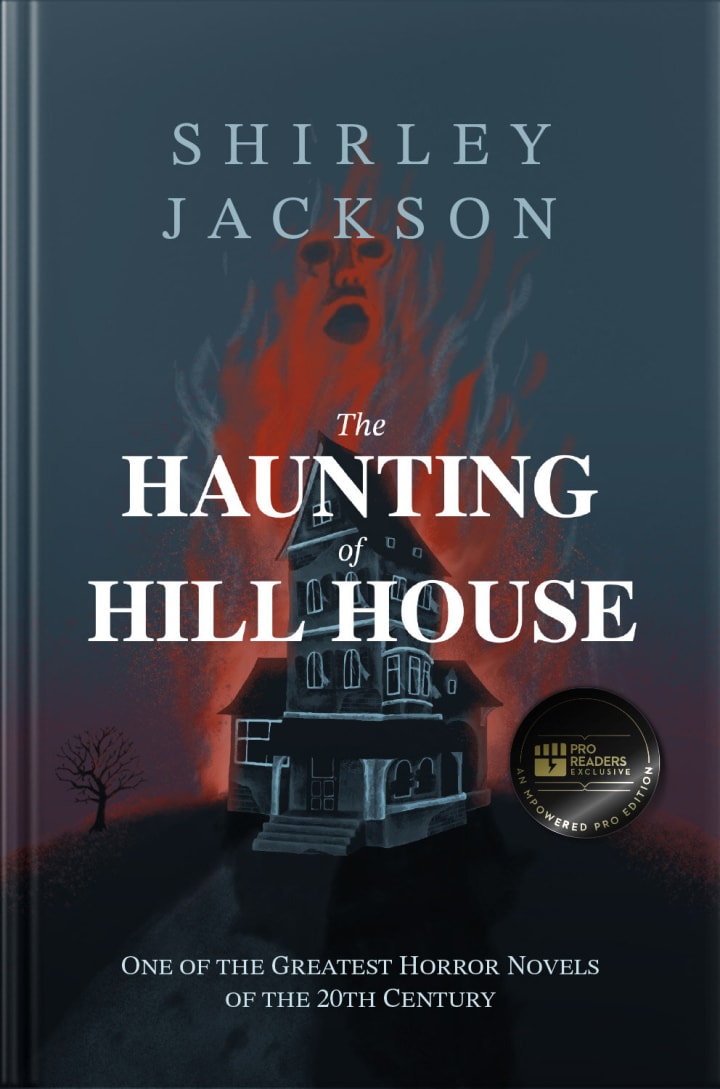
“I started reading one night, and when my girlfriend (now wife) went to bed I just kept reading. It scared the shit out of me. Even though the events that appear to be supernatural activity are few and far between, those scenes are so chillingly written—as if Jackson was describing a phenomenon she'd seen before and really understood.”
Carmen Maria Machado, The Atlantic, 2017.
Known as being one of the most frightening modern horror novels of all time, Jackson puts herself on the cusp of the ever evolving genre which would later see to authors like Stephen King and Julia Armfield. The legacy of this novel is dependent on that turn from ghost stories to what is very realistic modern horror. There are no ghosts in ‘The Haunting of Hill House’ and yet the reader feels like at any moment, there could be one - this is how it creates the horror. Pushing the tension in different directions without ever actually satisfying the climax, this book presents everything that is real as having an entirely new dimension and new direction, showing us how mental state and the deterioration of it can fuel a nightmarish reality that is not equal to any horrors we could have dreamt up. Shirley Jackson makes psychological isolation horror in a way we had never seen before and a way we have never seen since.
Conclusion
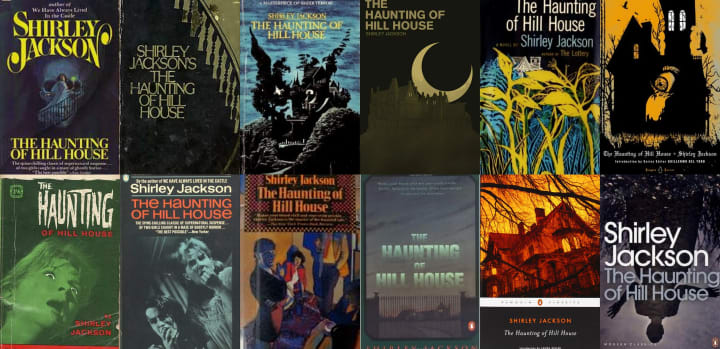
Following the release of this novel we would see a great resurgence of horror in fiction and on screen, especially that which relies on realistic situations going horribly wrong for the main character. I think that Shirley Jackson’s text is probably the most important horror novel of the 20th century, it is the marker for the beginning of horror realism and the start of modern psychological horror.
Next Week: Brideshead Revisited by Evelyn Waugh
About the Creator
Annie Kapur
200K+ Reads on Vocal.
English Lecturer
🎓Literature & Writing (B.A)
🎓Film & Writing (M.A)
🎓Secondary English Education (PgDipEd) (QTS)
📍Birmingham, UK
Reader insights
Outstanding
Excellent work. Looking forward to reading more!
Top insight
Heartfelt and relatable
The story invoked strong personal emotions


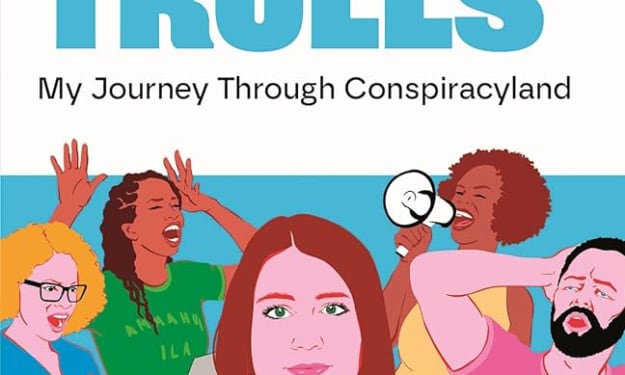



Comments (2)
Very nice work
I really wanna to appreciate your dedications and story writing style